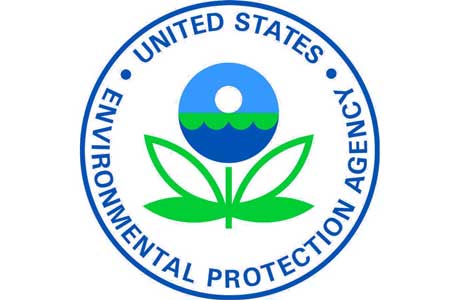In July 9, 1970, President Nixon submitted Reorganization Plan No. 3 establishing the Environmental Protection Agency. In the president’s message to Congress regarding Reorganization Plan No. 3, he said that the government was “not structured to make a coordinated attack on the pollutants which debase the air we breathe, the water we drink, and the land that grows our food.” Nixon was proposing the creation of one agency to oversee “research, monitoring, standard-setting, and enforcement activities” that had heretofore been scattered amongst many discrete agencies that had limited avenues in which to work together. It wasn’t until December of 1970 that the EPA began operations.
Nowadays the EPA is responsible for setting environmental policies, rules and regulations which aim to uphold environmental standards. Its stated mission is to protect the environment and seek new ways to preserve its condition. As such it is responsible for the enforcement of things such as the Clean Air Act and the Montreal Protocol, which the United States has ratified.
The EPA also funds educational opportunities for those looking to work with them in the future. It employs over fifteen thousand employees and manages a network of environmental volunteers. These volunteers police their assigned areas in an effort to reduce pollution and make their surrounding communities more environmentally-friendly.
Not only does the EPA enforce the current rules, it also sponsors and conducts research into new ways to protect and preserve the environment. It is in light of this kind of research that the EPA prohibits the use of certain harmful chemicals and compounds that may have an adverse effect on the environment and the people living in it. Once the EPA has the evidence it needs from scientific studies, it can then fulfill its other role: that of a regulatory agency. This is what gives the EPA its teeth – its ability to deploy a large number of field agents whose role is to ensure that its regulations and programs are being followed by both businesses and individuals.
To top it all off, the EPA also has a large legal team who assist in pursuing penalties against those who are found to be in violation of EPA regulations. It has both the manpower to find out if you’ve been breaking the law as well as the manpower to make sure you pay for it. In a nutshell, the Environmental Protection Agency protects people and the environment from significant health risks, sponsors and conducts research, and develops and enforces environmental regulations.
Why are refrigerants being reclaimed?
By 2020, the EPA will enforce a phase out of hydrochlorofluorocarbons (HCFCs) in compliance with provisions in the Montreal Protocol. Simply put, the Montreal Protocol is a treaty aimed at regulating the production, consumption and sale of chemicals that damage the Earth’s ozone layer. Many HVAC units and refrigeration units sold in the last two decades still use some of these chemicals, so now is the time to start making the switch from these older refrigerants to newer, cleaner variants. Aside from that, even if the refrigerants used are still allowed, it’s still important to bring them up to the standard for purity specifications for modern refrigerant compounds.
When dealing with older refrigerants there are 3 different options:
- Recycling refrigerants: Involves taking the refrigerant out of a system and then cleaning it. Once the refrigerant is clean, it can be returned to the system or put in a new container ready for reuse.
- Reclaiming refrigerants: Typically the most expensive method as it requires the most specialized equipment. Instead of just recycling the refrigerant, all impurities are removed in line with ARI-700 standards for purity, effectively bringing the refrigerant close to the state of never-been-used refrigerants.
- Recovering refrigerant: Involves taking out the refrigerant from a system and putting it in a container while the system itself is repaired or tested. No change is done to the refrigerant itself.
If this all sounds complicated, simply get in touch with us – we can fit your business with a refrigerant management plan. It’s definitely not something you want to ignore now that the deadline for compliance is coming up. The bottom line is, if you want to avoid getting on the wrong side of the EPA, it’s best to trust certified professionals to take care of your refrigerant reclamation for you. We at Refrigerant Services LLC are fully certified in refrigerant recovery and replacement services – our highly trained staff has decades worth of experience in the HVAC field. We are fully EPA-compliant and also provide you with complete documentation.
If you’d like to learn more, just call us at 844-PURECFC (787-3232) or send us a message through our online contact form if you don’t have time for a lengthy phone call.





